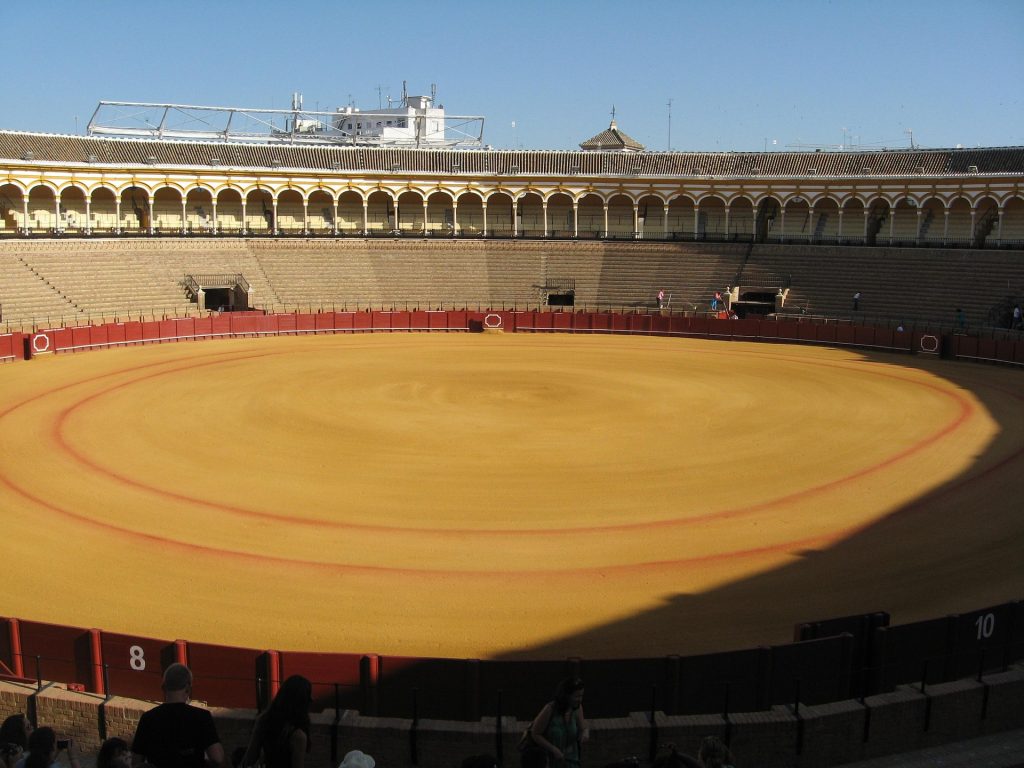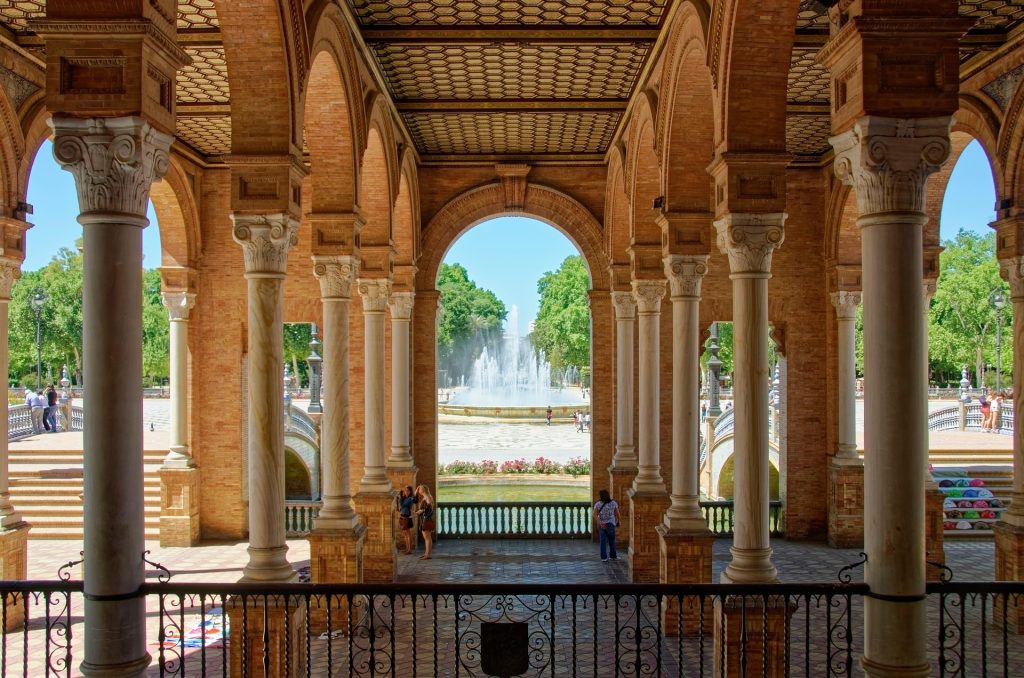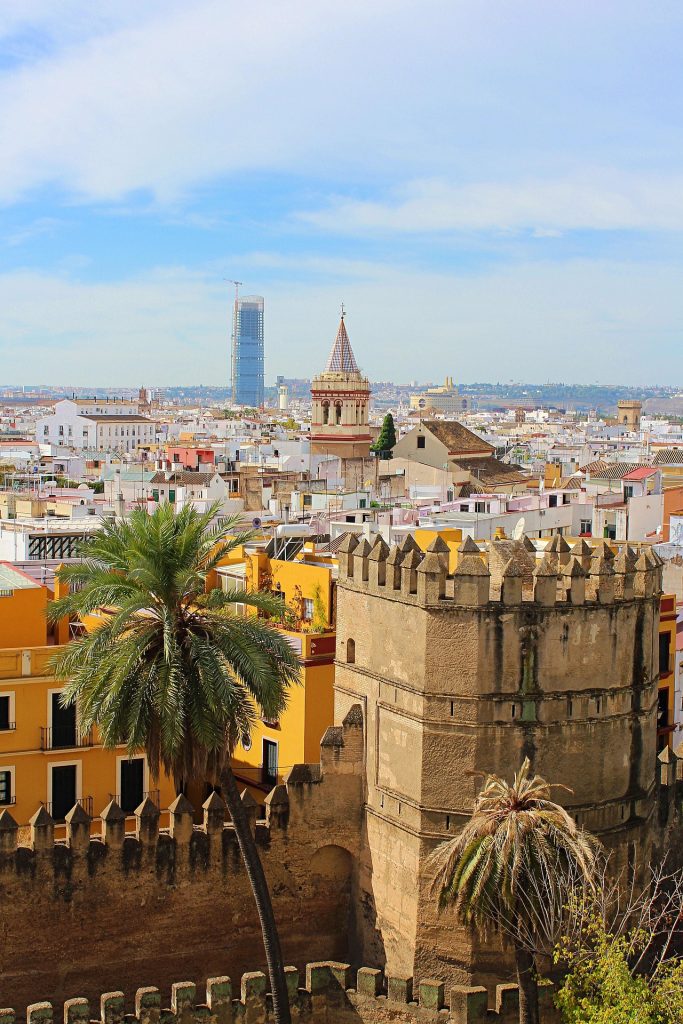
Nestled in the heart of Andalusia, Sevilla is a city that effortlessly blends history, culture, and modernity. As the capital of Spain’s southern region, it is a destination that captivates visitors with its vibrant energy, stunning architecture, and rich traditions. From the grandeur of its Gothic cathedral to the intimate charm of its winding alleyways, Sevilla is a city that demands to be explored. Its significance as a cultural hub is undeniable, having been shaped by Roman, Moorish, and Christian influences over centuries. Whether you’re drawn to its historical landmarks, lively festivals, or delectable cuisine, Sevilla is a city that promises an unforgettable experience.
One of the most fascinating aspects of Sevilla is its role in history. It was here that Christopher Columbus planned his voyages to the New World, and the city’s port once served as the gateway to the Americas. Today, Sevilla remains a symbol of Spain’s golden age, with its streets echoing tales of conquest, exploration, and artistic brilliance.
Best Time to Visit
Sevilla enjoys a Mediterranean climate, characterized by hot summers and mild winters. The ideal time to visit is during the spring (March to May) or autumn (September to November), when the weather is pleasant and the city is alive with activity. Spring is particularly magical, as the orange trees lining the streets are in bloom, and the city hosts its famous Semana Santa (Holy Week) and Feria de Abril (April Fair) festivals. These events offer a glimpse into Sevilla’s deep-rooted traditions and are a spectacle not to be missed.
Summer, while beautiful, can be scorching, with temperatures often exceeding 40°C (104°F). If you visit during this time, plan your activities for the early morning or late evening to avoid the midday heat. Winter is mild but quieter, making it a good option for those seeking a more relaxed experience.
Top Attractions
Sevilla is home to some of Spain’s most iconic landmarks. The Catedral de Sevilla and its accompanying Giralda Tower are must-sees. The cathedral, one of the largest in the world, is a masterpiece of Gothic architecture, while the Giralda offers panoramic views of the city. Nearby, the Real Alcázar is a stunning palace complex that showcases Mudéjar design, with lush gardens and intricate tilework that transport visitors to another era.
Another highlight is the Plaza de España, a semi-circular plaza built for the 1929 Ibero-American Exposition. Its ornate bridges, tiled alcoves, and canal make it a favorite spot for both tourists and locals. For a taste of local life, head to the Barrio Santa Cruz, the city’s historic Jewish quarter, where narrow streets and hidden plazas create an enchanting atmosphere.

Hidden Gems and Off-the-Beaten-Path Experiences
Beyond the well-trodden paths, Sevilla offers plenty of hidden treasures. The Metropol Parasol, also known as Las Setas, is a modern architectural marvel that provides a striking contrast to the city’s historic skyline. Climb to the top for a unique perspective of Sevilla. For a quieter experience, visit the Palacio de las Dueñas, a lesser-known palace with beautiful gardens and a rich history tied to the House of Alba.
Art enthusiasts will appreciate the Museo de Bellas Artes, which houses an impressive collection of Spanish art, while foodies can explore the Mercado Lonja del Barranco, a gourmet market offering a variety of local delicacies.
Cultural and Historical Insights
Sevilla’s cultural heritage is deeply intertwined with its history. The city’s Moorish past is evident in the intricate designs of the Real Alcázar, while its Christian influence is showcased in the grandeur of the Catedral de Sevilla. Flamenco, a passionate and expressive art form, was born in Andalusia, and Sevilla is one of the best places to experience it. Head to a traditional tablao, such as Casa de la Memoria, for an authentic performance.
The city’s festivals are another window into its soul. Semana Santa, with its solemn processions, and Feria de Abril, a week-long celebration of music, dance, and Andalusian culture, are highlights of the year. These events offer a chance to witness the deep devotion and joy that define Sevillanos.

Food and Drink
Sevilla’s culinary scene is a feast for the senses. Must-try dishes include salmorejo (a chilled tomato soup), jamón ibérico (cured ham), and pescaíto frito (fried fish). For dessert, indulge in torrijas, a sweet treat similar to French toast, often enjoyed during Semana Santa.
Best Restaurants, Street Food Spots, and Cafes
- El Rinconcillo – Calle Gerona, 40
- La Azotea – Calle Jesús del Gran Poder, 31
- Casa Morales – Calle García de Vinuesa, 11
- Mercado Lonja del Barranco – Calle Arjona, s/n
- Confitería La Campana – Calle Sierpes, 1
Shopping in the Area
Sevilla offers a mix of traditional and modern shopping experiences. Calle Sierpes is the city’s main shopping street, lined with boutiques and specialty stores. For unique souvenirs, look for ceramics, fans, or flamenco accessories. The Triana neighborhood is known for its artisan workshops, where you can watch craftsmen create beautiful tiles and pottery.
Where to Stay: Accommodation Options
Luxury Resorts
- Hotel Alfonso XIII – Calle San Fernando, 2
- EME Catedral Hotel – Calle Alemanes, 27
- Palacio Villapanés – Calle Santiago, 31
Mid-Range Hotels
- Hotel Casa del Poeta – Calle Don Alonso el Sabio, 25
- Hotel Amadeus – Calle Farnesio, 6
- Hotel Palacio de Villapanés – Calle Santiago, 31
Budget Stays
- Oasis Backpackers’ Palace – Calle Almte. Ulloa, 1
- Hotel Goya – Calle Mateos Gago, 31
- Hostal Van Gogh – Calle Fábrica, 17
Getting Around
Sevilla is a walkable city, with most major attractions located within the historic center. For longer distances, the tram and bus systems are efficient and affordable. Biking is another popular option, with rental services like Sevici offering convenient access to bikes throughout the city.
How to Get There from the Country’s Capital
From Madrid, Sevilla is easily accessible by high-speed train (AVE), which takes approximately 2.5 hours and costs around €50-€80 one way. Alternatively, flights from Madrid to Sevilla take about 1 hour and cost €30-€100, depending on the airline. Buses are a budget-friendly option, with fares starting at €20 for a 6-hour journey.
Sample Itineraries
3 Days
- Day 1: Catedral de Sevilla, Giralda Tower, Barrio Santa Cruz
- Day 2: Real Alcázar, Plaza de España, Metropol Parasol
- Day 3: Palacio de las Dueñas, Museo de Bellas Artes, Flamenco show
5 Days
- Add a day trip to Córdoba or Carmona
- Explore Triana neighborhood and Mercado Lonja del Barranco
1 Week
- Include visits to Itálica and Doñana National Park
- Spend more time immersing yourself in local culture and cuisine
Why Sevilla Should Be Your Next Destination
Sevilla is a city that leaves an indelible mark on all who visit. Its blend of history, culture, and modernity creates an experience that is both enriching and exhilarating. Whether you’re marveling at its architectural wonders, savoring its culinary delights, or simply soaking in its vibrant atmosphere, Sevilla is a destination that promises to captivate your heart. It’s not just a place to visit—it’s a place to feel alive.